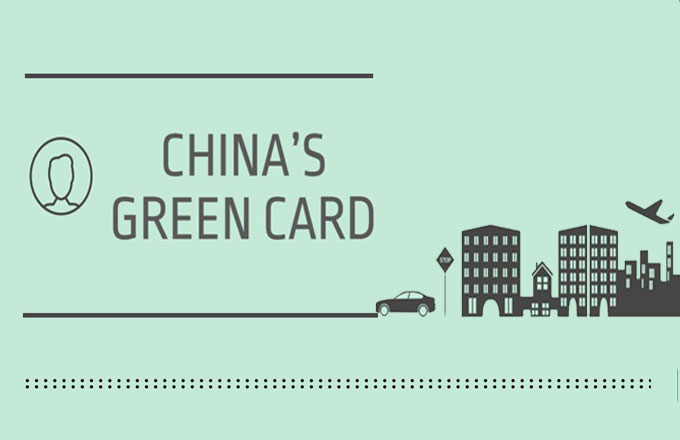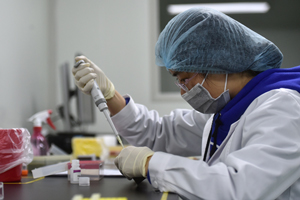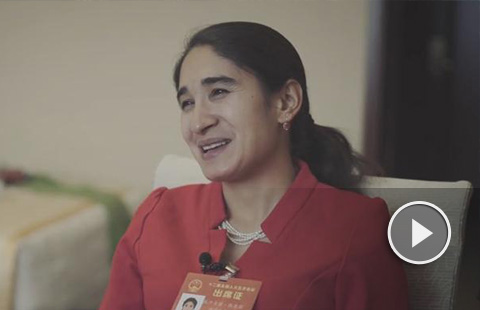Drug prevention programs need more attention
China needs to put more effort into teaching young people not to use drugs, rather than just strengthening programs to help drug abusers, experts say.
Prevention and treatment is not keeping up with drug use trends in Asia, said Chris Chapleo, scientific & clinical affairs director, at the first conference of national youth substance abuse in China, an event organized by the China Association of Drug Abuse Prevention and Treatment.
Statistics show that students in renowned middle and high schools are less accessible to drug dealers, thanks to the education campaign promoted by the government.
Wang Zengzhen, professor at Tongji Medical University, said more attention to and emotional intervention in pilot training programs have proved to be more efficient that doing nothing in the schooling system.
Recent years have seen an increasing number of young drug addicts in China using both traditional substances and newly invented ones. “It is not only the problems of young addicts, but their families,” said Zhao Min, vice president of Shanghai Mental Health Center.
Meanwhile, young people in Guangdong province, Fujian province and other regions of the country prefer cough syrup containing codeine and ephedrine, both of which are addictive substances.
“The youngsters store the cough syrup and condense the medicine to extract the drug they need,” said He Rihui, director of the youth addict treatment center at Wu Jing Zong Dui Hospital of Guangdong Province.
Eighty-seven percent of cough syrup addicts said they began substance abuse between the ages of 12 and 18. And because of the adverse effects on their health, 69 percent of cough syrup abusers are unable to work and stay at home.
“More professional staff are needed so that measurements can be more useful than they were in previous period of treatment and prevention,” said Shi Jianchun, deputy director of the Association of Drug Abuse Education in Beijing.



















